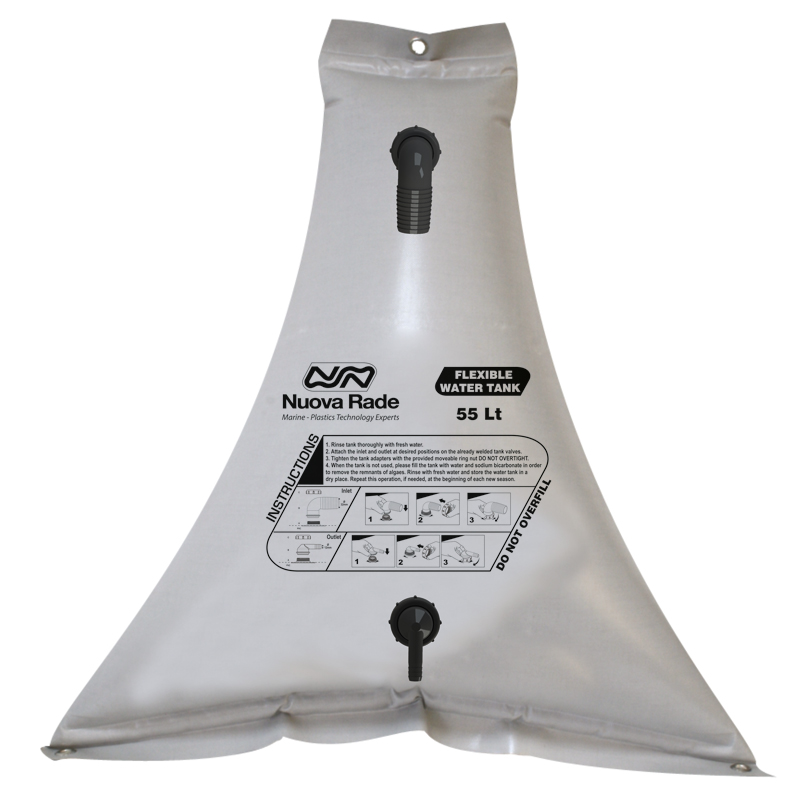

Įlemental magnesium is a gray-white lightweight metal, two-thirds the density of aluminium. Magnesium compounds are used medicinally as common laxatives and antacids (such as milk of magnesia), and to stabilize abnormal nerve excitation or blood vessel spasm in such conditions as eclampsia.

Hundreds of enzymes require magnesium ions to function. Magnesium ions interact with polyphosphate compounds such as ATP, DNA, and RNA. This element is the eleventh most abundant element by mass in the human body and is essential to all cells and some 300 enzymes. It is the third most abundant element dissolved in seawater, after sodium and chlorine. Magnesium is the eighth most abundant element in the Earth's crust and the fourth most common element in the Earth (after iron, oxygen and silicon), making up 13% of the planet's mass and a large fraction of the planet's mantle. When such stars explode as supernovas, much of the magnesium is expelled into the interstellar medium where it may recycle into new star systems. In the cosmos, magnesium is produced in large, aging stars by the sequential addition of three helium nuclei to a carbon nucleus. It is less dense than aluminium and is used primarily as a component in strong and lightweight alloys that contain aluminium. The metal is obtained mainly by electrolysis of magnesium salts obtained from brine.
#Cobalt boats grey water tank free
The free metal burns with a brilliant-white light. It reacts readily with air to form a thin passivation coating of magnesium oxide that inhibits further corrosion of the metal. Like the other alkaline earth metals (group 2 of the periodic table) it occurs naturally only in combination with other elements and it almost always has an oxidation state of +2. It is a shiny gray metal having a low density, low melting point and high chemical reactivity. Magnesium is a chemical element with the symbol Mg and atomic number 12.


 0 kommentar(er)
0 kommentar(er)
